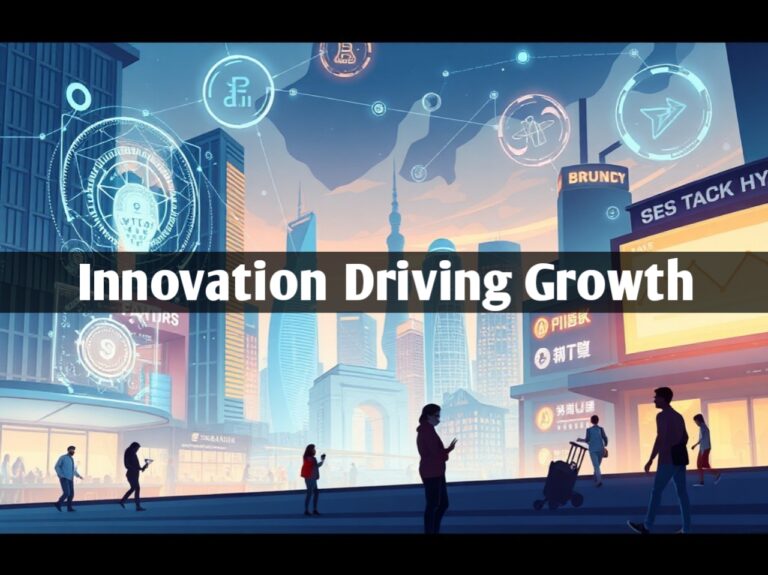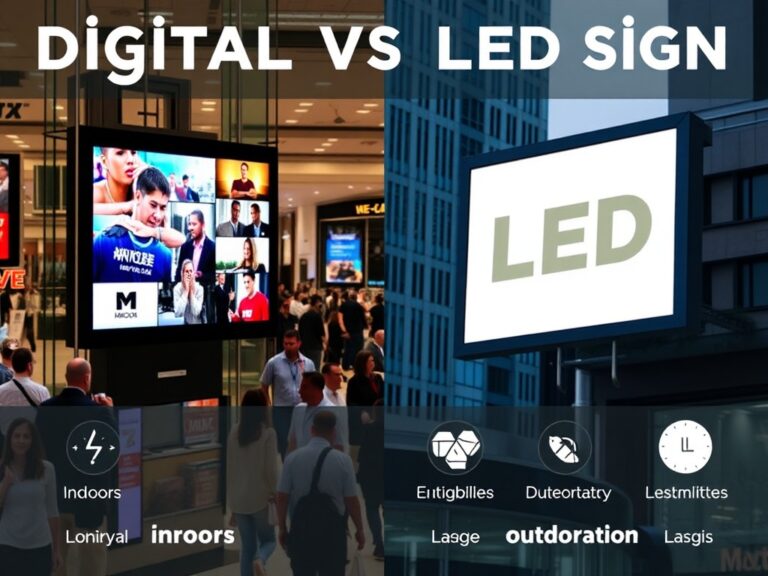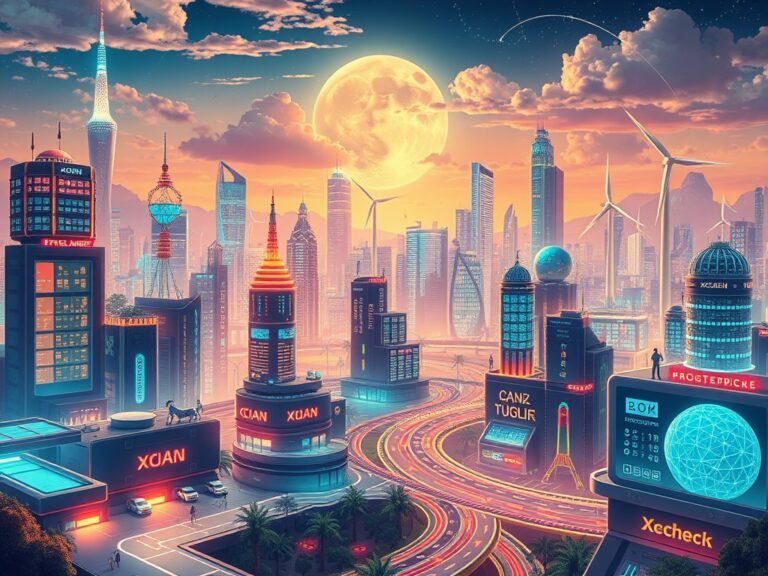What is a Digital Creator? Exploring the Role and Impact in 2024
In the digital age, content consumption has shifted dramatically. With the rise of social media platforms, streaming services, and new technologies, the way we produce and interact with content has evolved. At the center of this evolution are digital creators – individuals who craft content specifically for online platforms. But what exactly is a digital creator, and why have they become so integral to today’s digital landscape? In this comprehensive guide, we will explore the meaning of a digital creator, their various roles, the tools they use, and their ever-growing influence in 2024.
What Does It Mean to Be a Digital Creator?
A digital creator is someone who produces and shares content through digital platforms, leveraging tools such as videos, blogs, podcasts, photography, and more. Unlike traditional content creators who might focus on books, TV shows, or movies, digital creators primarily exist in the online space. Their work can be found on platforms like YouTube, Instagram, TikTok, Twitter, and blogs.
The defining aspect of a digital creator is their direct connection with their audience. Digital creators are often self-employed, using their personal brands to create content that resonates with specific groups. Whether they are producing educational content, entertainment, tutorials, or lifestyle updates, digital creators thrive on engagement and building communities around their work. What sets them apart is the immediacy of their work: content is produced, uploaded, and consumed by millions in real-time, without the gatekeeping of traditional media outlets.
The Different Types of Digital Creators
The digital creator space is vast and diverse, encompassing multiple types of content creation that cater to different audiences and industries. Here are some of the primary categories of digital creators:
- Video Creators: These individuals produce content primarily in video format. YouTube and TikTok are dominant platforms in this sphere, but video creators also utilize Instagram Reels, Twitch (for live streams), and Facebook Watch.
- Bloggers and Writers: Content in written format remains a vital part of the internet’s ecosystem. Bloggers write about topics ranging from personal experiences to specialized niches such as travel, fashion, technology, or finance.
- Podcasters: Podcasting has grown significantly in recent years. Digital creators in this space produce audio content that listeners can stream or download. Popular podcast genres include interviews, storytelling, news, and educational content.
- Photographers and Visual Artists: Platforms like Instagram, Pinterest, and Behance host communities of visual creators. Whether it’s photography, digital illustrations, or design work, these creators use visuals to tell stories or share their artistic vision.
- Influencers: The term “influencer” is often used interchangeably with digital creator, although influencers specifically refer to those who have cultivated a large following and work with brands to promote products and services.
The Growing Importance of Digital Creators in 2024
In 2024, digital creators have become more influential than ever before. As brands shift their marketing efforts from traditional outlets to online platforms, the demand for digital creators has skyrocketed. Creators are viewed as trusted voices with the ability to reach niche audiences that are difficult to engage through traditional media.
Moreover, the rise of user-generated content has blurred the lines between professional creators and everyday social media users. Today, nearly anyone with a smartphone can begin their journey as a digital creator. However, successful digital creators often distinguish themselves through consistency, creativity, and an authentic connection with their audience. This genuine interaction builds trust, which in turn amplifies their influence, especially in niche markets.
The impact of digital creators isn’t limited to consumer behavior. They also play a significant role in shaping public discourse. From YouTubers discussing mental health to TikTok stars raising awareness about climate change, digital creators influence conversations across multiple sectors, driving social, cultural, and political movements.
The Tools and Platforms of Digital Creators
The rise of digital creators has been fueled by the availability of user-friendly tools and platforms that make content creation more accessible. Gone are the days when content production required expensive equipment and complicated software. Today, anyone with a smartphone, laptop, or tablet can produce high-quality content. Let’s look at some of the key tools and platforms used by digital creators:
- Social Media Platforms: These include Instagram, Facebook, Twitter, and TikTok. Social media is the primary means through which digital creators distribute their content. Each platform has its own features (e.g., Instagram’s Stories and Reels, TikTok’s short-form videos) that allow creators to showcase their work in different ways.
- Video Editing Software: For video creators, tools like Adobe Premiere, Final Cut Pro, and free alternatives like DaVinci Resolve are essential. These programs allow creators to edit raw footage, add effects, and ensure that the final product meets the platform’s requirements.
- Content Management Systems (CMS): Bloggers and writers often use CMS tools like WordPress, Medium, and Substack to publish and distribute their written content. These platforms offer flexibility in design, SEO integration, and audience engagement.
- Audio Recording Software: Podcasters rely on tools like Audacity, GarageBand, or more professional setups like Pro Tools to produce clear, engaging audio content. Podcasting platforms like Spotify and Apple Podcasts serve as distribution channels.
- Graphic Design Tools: Creators who work in the visual arts rely on design tools like Adobe Photoshop, Canva, and Figma to create striking images, infographics, and visual content that resonate with their audiences.
How Do Digital Creators Monetize Their Content?
The rise of digital creators has opened up numerous avenues for income generation. Many creators have turned their passion projects into full-time careers by monetizing their content through various means. Here are some of the most common monetization strategies:
- Ad Revenue: Platforms like YouTube offer creators a share of the revenue generated from ads that play before, during, or after their videos. Similarly, podcast creators can monetize through ads that are embedded within episodes.
- Sponsorships and Brand Deals: Many digital creators work with brands to promote products and services. These collaborations often come in the form of sponsored posts, product placements, or shoutouts. Brands partner with creators because of their ability to reach niche audiences and foster authentic connections with their followers.
- Merchandise Sales: Many digital creators launch their own product lines, selling merchandise such as T-shirts, hats, mugs, or even digital products like eBooks and online courses. Platforms like Teespring and Shopify have made it easy for creators to design, market, and sell their own products.
- Crowdfunding and Subscriptions: Some creators use crowdfunding platforms like Patreon, Buy Me a Coffee, or Ko-fi to receive financial support from their fans. In exchange for monthly subscriptions, creators often offer exclusive content, behind-the-scenes access, or early releases.
- Affiliate Marketing: Digital creators often participate in affiliate programs, promoting products and earning a commission on sales. Amazon’s affiliate program is one of the most popular, but many creators also work with niche companies relevant to their audience.
Challenges Digital Creators Face in 2024
While the opportunities for digital creators are plentiful, the field is not without its challenges. In 2024, some of the most pressing issues facing creators include:
- Algorithm Changes: Social media platforms frequently update their algorithms, which can drastically affect a creator’s visibility and engagement. Keeping up with these changes and adapting content accordingly is a constant struggle for many creators.
- Content Saturation: With millions of new pieces of content being uploaded daily, standing out in the crowded digital space is more difficult than ever. Creators need to continuously innovate and produce high-quality content to maintain their audience’s attention.
- Burnout: The pressure to consistently produce content can lead to burnout. Many creators feel the need to post regularly to keep up with platform algorithms and audience expectations, which can result in exhaustion, anxiety, and even mental health issues.
- Monetization Challenges: While there are numerous ways to make money as a digital creator, not all creators find immediate success. Many struggle to earn a sustainable income, particularly if they rely on platforms that take a significant cut of their earnings.
The Role of Digital Creators in Shaping the Future of Media
As we move deeper into 2024, it’s clear that digital creators are playing an increasingly influential role in the evolution of media. They are not just content producers but are also entrepreneurs, marketers, and thought leaders. Their ability to create authentic, engaging content that resonates with specific audiences has made them essential to brands and businesses looking to connect with consumers in meaningful ways.
Furthermore, digital creators are at the forefront of innovation, experimenting with new forms of media like augmented reality (AR), virtual reality (VR), and the metaverse. As these technologies continue to develop, creators will likely explore new ways to engage their audiences, blending digital content with immersive, interactive experiences.
How to Become a Successful Digital Creator in 2024
For those looking to break into the digital creator space in 2024, success hinges on several key factors:
- Authenticity: Audiences are drawn to creators who are genuine and relatable. Building trust with your audience through authenticity is crucial to fostering long-term engagement.
- Consistency: Whether you’re posting weekly YouTube videos or daily Instagram stories, consistency is key to growing and maintaining an audience.
- Quality Over Quantity: In a saturated market, high-quality content stands out. Invest time in developing content that adds value to your audience’s lives.
- Adaptability: Digital trends change rapidly, and successful creators are those who can pivot and adapt their content strategies as needed.
- Engagement: The best creators are those who engage with their communities. Responding to comments, participating in conversations, and making your audience feel heard will help solidify a loyal following.
Conclusion
force behind the vibrant content landscape we experience today, reshaping how information is shared and consumed. As they navigate the complexities of a rapidly evolving digital environment, digital creators are not just entertainers or influencers; they are powerful voices that challenge norms and inspire change. Their ability to forge genuine connections with audiences allows them to influence public discourse, drive cultural trends, and even impact social movements.
Looking ahead, the importance of digital creators will only grow as technology advances and the demand for authentic, engaging content intensifies. As we embrace new platforms and innovations, the role of digital creators will continue to evolve, presenting both exciting opportunities and challenges. For aspiring creators, the path to success lies in embracing authenticity, maintaining consistency, and fostering engagement within their communities. Ultimately, digital creators will play a pivotal role in shaping the future of media and communication, ensuring their influence remains integral to our digital experience in the years to come.
Read Also Our This Post: Digital vs LED Signs: Understanding the Key Differences for Your Business

Kamran Khatri is a versatile writer and editor at ExpressZone.co.uk, bringing fresh perspectives and insightful commentary across a wide range of topics. With a passion for exploring diverse subjects—from technology, business, and finance to lifestyle, travel, and the arts—Kamran aims to inform, inspire, and engage readers through well-researched articles and thought-provoking content.
His work spans multiple categories including health, education, pets, entertainment, real estate, and sustainability, reflecting his commitment to delivering knowledge that connects with everyday life. Whether breaking down the latest trends, sharing practical tips, or highlighting cultural insights, Kamran’s writing combines clarity with creativity.
When he’s not crafting stories for ExpressZone.co.uk, Kamran enjoys keeping up with global developments, exploring innovative ideas, and connecting with readers who share his curiosity about the world.







